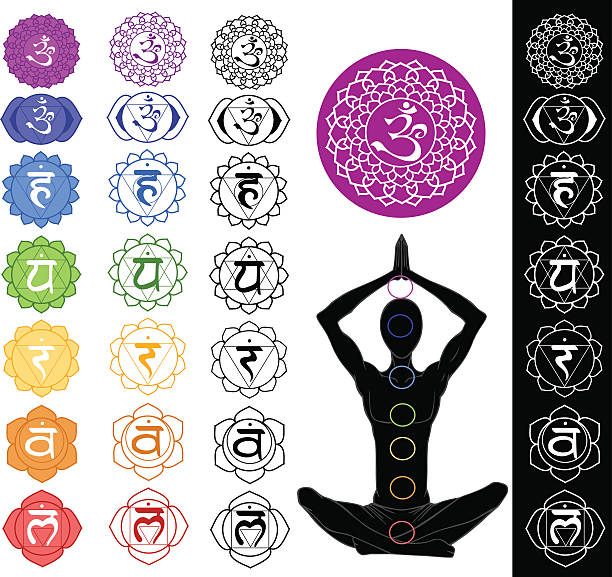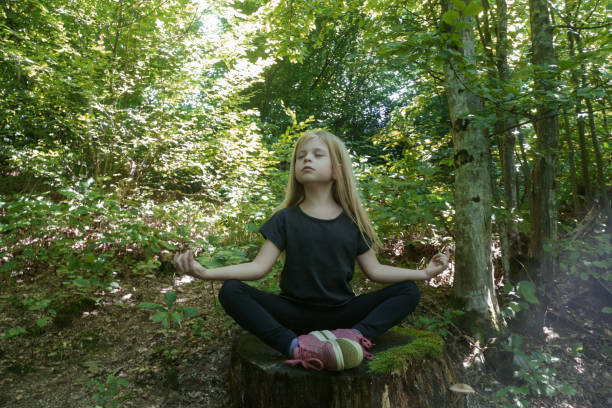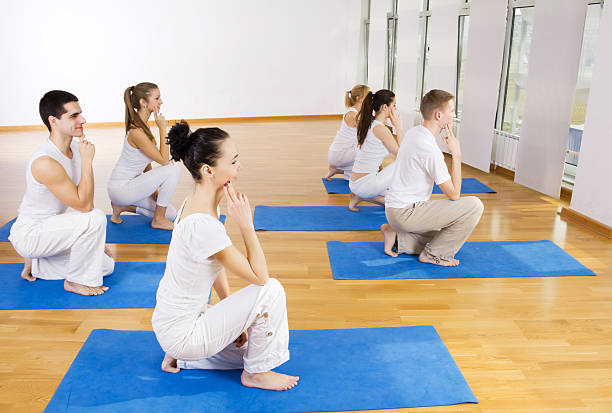
Ashtanga, Jivamukti, Bikram, Moksha, Vinyasa, Yin—these are only a few of the lineages, styles, and brands of yoga today that you might find listed on your local studio schedule.
These so-called yoga styles may differ in format, sequence, and temperature, but their goal remains the same. They use the body to connect to oneself in order to raise consciousness.
Strala Yoga was founded in 2008 by Tara Stiles. What is Strala Yoga, and how does it differ from other yoga styles? Hermine Prunier, a Strala “guide” and yoga teacher based in Paris, was my Strala “guide.”
What is Strala yoga?
Hermine: This is the “movement that ignites freedom.” It’s true. Tara Stiles encourages her students to “do their yoga,” to relax, and to breathe one breath at the moment.
Tara says that it is Vinyasa, but with an emphasis on freedom of movement and exploring your body in each pose. Tara encourages students to “sway a little from side to side,” as she often does. The class is not very hands-on, so the pressure to achieve the “perfect pose” is removed.
What makes Strala Yoga different from other types of yoga?
Hermine Strala celebrates diversity and individuality. Strala has no “wrong,” “misaligned,” or “unnatural” way to move your body. It is, therefore, very motivating to get out on the mat and take your practice to a new level.
Strala is the first company to celebrate the fact that there are just as many “yoga styles” as there are yoga teachers. Strala’s baseline is to “make your yoga” and encourages teachers not to follow the traditional rules of practice. Instead, they should share what works best for them.
Would you recommend Strala yoga to yogis?
Hermine Strala is a challenging exercise for beginners and experienced practitioners to build both strength and attention while letting mental obstacles go.
Strala, like all yoga styles and strands, is meant to cleanse the body and the mind. Strala connects the student with their intuition, allowing them to explore their body independently.
Strala Yoga is led by either a teacher or “guide” but encourages the practitioner to discover their own spirituality and best practices.


